Más de 1000 recursos
La mayor colección de animaciones pedagógicas
Matemáticas
0 recursos
Cautive la atención de su clase
Recursos realmente interactivos
Enseñe con los recursos que más atraen a sus alumnos.
Ya no basta con ver un vídeo o leer un manual, incluso si es digital. Gracias a las animaciones EduMedia, sus alumnos exploran, formulan hipótesis, experimentan.
Su Espacio Profe
Cree y comparta en unos pocos clics
Personalice sus recursos y compártalos con un alumno, con una clase... o con el mundo entero.
Captura de vídeo: 3–2–1
¡Grábese!
Añada una dimensión inmersiva y personal para crear contenidos adaptados a sus necesidades. A sus alumnos les va a encantar.
Flip: ¡Páseles el micrófono!
Elija un tema y descubra y evalúe las creaciones en vídeo de sus alumnos.
Favoritos: Crea y gestione sus Colecciones.
Encuentre su selección fácilmente. Añada instrucciones. ¡Listo!
Compartir: Basta con un sencillo enlace.
Sin necesidad de códigos. Sus alumnos podrán acceder a su selección de recursos desde la plataforma de su elección.
Nuestro manifiesto
Enseñar es suscitar preguntas en lugar de aportar respuestas. El alumno parte de lo concreto y observa, cuestiona, formula hipótesis, manipula.
Esta visión no es nueva. Recuerden los principios de las «lecciones de cosas» o, más recientemente, la «enseñanza reflexiva». La novedad es la interactividad, que añade a sus lecciones un aspecto experimental, lúdico y moderno.
Existen numerosos métodos pedagógicos para enseñar un tema. ¿Qué mejor que un formato granular para adaptarse a su método?
Nuestros diseñadores multimedia y pedagogos han creado fantásticos recursos para estimular la curiosidad. El resto del camino depende de usted.
Aprendamos de otra forma.
¡Enseñemos de otra forma!
Nuestras referencias
Gracias por su confianza
¡Probarlo!









 EduMedia
EduMedia 








